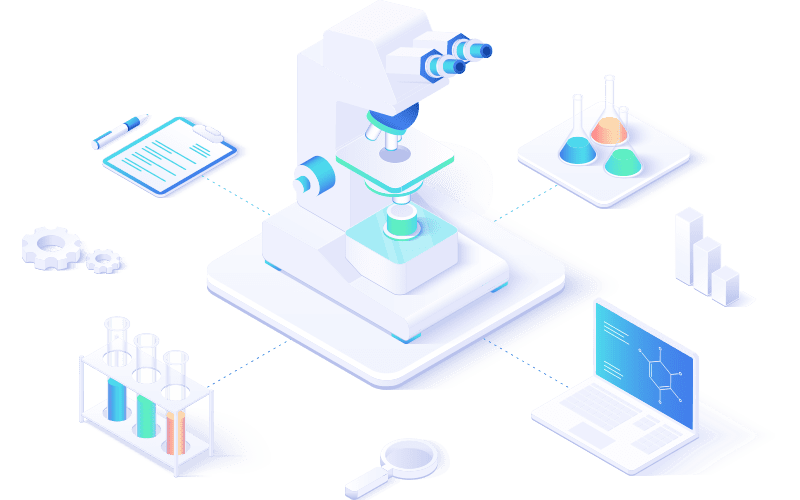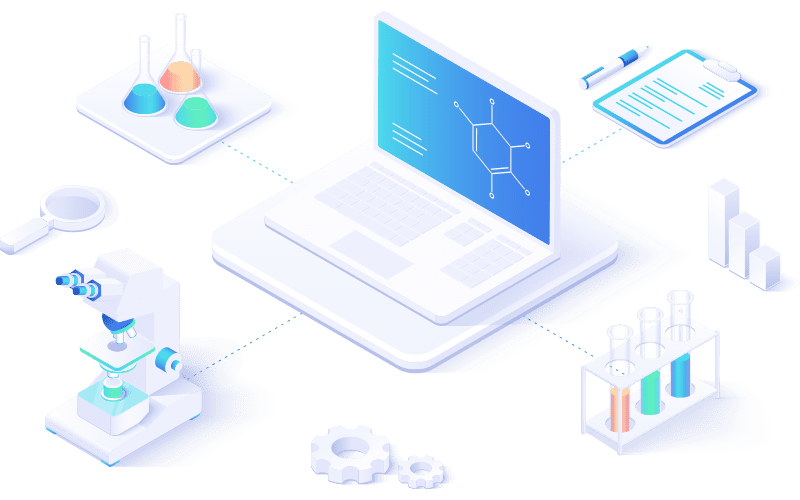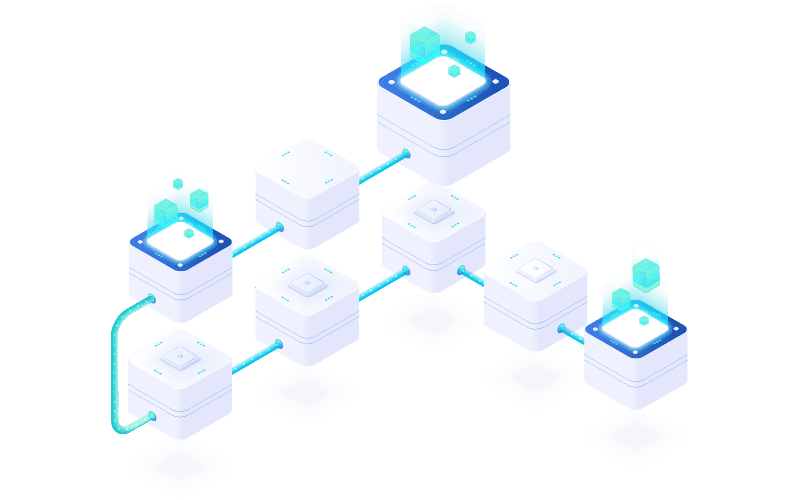
In today’s data-driven world, laboratories face increasing pressure to operate efficiently, meet compliance requirements, and deliver accurate results—all while managing costs. Laboratory Information Management Systems (LIMS), Electronic Laboratory Notebooks (ELNs), and Lab Automation solutions are transformative tools that address these challenges, offering economic benefits that extend beyond cost savings. However, to make a compelling case for these investments, it’s essential to understand the economic considerations and justifications that underpin their adoption.
The Cost of Inaction: The Price of Inefficiency
Before delving into the benefits, it’s crucial to consider the alternative—doing nothing. Laboratories relying on manual processes, spreadsheets, or outdated systems face numerous inefficiencies:
- Wasted Labor Hours: Repetitive tasks like data entry, inventory management, and report generation consume valuable time that could be spent on higher-value activities.
- Error-Driven Costs: Manual processes increase the likelihood of errors, which can lead to costly rework, compliance fines, and reputational damage.
- Limited Scalability: As labs grow, their data management needs expand. Without robust systems, scalability becomes a significant challenge, leading to operational bottlenecks.
The cost of maintaining these inefficiencies often outweighs the investment in modern solutions like LIMS, ELNs, or Lab Automation.
Economic Benefits of LIMS, ELNs, and Lab Automation
Investing in LIMS, ELNs, or Lab Automation delivers a strong return on investment (ROI) by addressing key cost centers and unlocking value across laboratory operations.
1. Improved Productivity
Time is money, and automation is the ultimate time-saver. LIMS, ELNs, and Lab Automation streamline workflows, reducing the time spent on routine tasks:
- Automated Data Management: A LIMS automates data capture and organization, eliminating hours of manual data entry.
- Faster Reporting: ELNs enable scientists to create, store, and retrieve reports seamlessly, speeding up analysis and decision-making.
- Automated Processes: Robotic systems in lab automation handle repetitive tasks like sample preparation and testing, freeing technicians for more strategic work.
The result? A more efficient workforce with lower labor costs per task.
2. Enhanced Data Accuracy and Compliance
Errors in a lab can be expensive and, in some cases, dangerous. Modern systems ensure precision and compliance:
- Real-Time Data Validation: LIMS systems flag inconsistencies in real time, reducing costly mistakes.
- Regulatory Compliance: Built-in compliance features (e.g., audit trails, electronic signatures) help labs meet standards like ISO, GLP, and FDA requirements, avoiding fines and operational interruptions.
- Data Integrity: ELNs ensure data traceability and security, minimizing risks of data loss or tampering.
Fewer errors mean lower costs and higher confidence in results, building trust with clients and regulatory bodies alike.
3. Cost Control Through Resource Management
Resource management is a key driver of laboratory costs. LIMS and Lab Automation optimize the use of resources such as materials, equipment, and staff:
- Inventory Management: A LIMS tracks inventory levels, expiry dates, and usage trends, reducing wastage and ensuring materials are always available when needed.
- Equipment Utilization: Automation solutions can schedule and monitor equipment usage, extending the lifespan of assets and preventing costly downtime.
- Staff Allocation: By automating routine tasks, labs can allocate staff to high-priority projects, maximizing productivity.
These features help laboratories reduce unnecessary spending and improve operational efficiency.
4. Scalability and Future-Proofing
Investing in scalable solutions prepares laboratories for future growth without the need for significant additional investments:
- Flexible Infrastructure: Cloud-based LIMS and ELNs enable seamless expansion, accommodating more users, samples, and data as labs grow.
- Integration Capabilities: Modern systems integrate with existing lab tools, instruments, and software, ensuring continuity and reducing the need for redundant systems.
- Adaptability to Innovation: As new technologies emerge, lab automation solutions are designed to evolve, protecting investments from obsolescence.
This scalability ensures that labs can adapt to changing demands without incurring excessive costs.
5. Competitive Advantage and Revenue Growth
Modernizing your laboratory with LIMS, ELNs, or Lab Automation can also serve as a competitive differentiator:
- Faster Turnaround Times: Improved workflows mean quicker results, enhancing customer satisfaction and enabling higher throughput.
- Enhanced Quality Assurance: Reliable data and processes improve the quality of results, bolstering client confidence.
- Attractive to New Clients: Laboratories that demonstrate technological sophistication often attract more business from clients seeking high-quality, reliable partners.
These benefits contribute directly to revenue growth, offsetting the initial investment in these systems.
Economic Justifications for Stakeholders
To secure buy-in from stakeholders, it’s essential to present a clear economic justification for adopting LIMS, ELNs, or Lab Automation:
- ROI Analysis: Highlight projected savings from reduced labor costs, error mitigation, and resource optimization.
- Cost-Benefit Analysis: Compare the costs of implementation against long-term benefits such as increased productivity and compliance.
- Case Studies: Use real-world examples to illustrate how similar laboratories have achieved financial and operational success.
- Risk Mitigation: Emphasize the cost of potential risks (e.g., compliance failures, data breaches) that these systems mitigate.
Final Thoughts: Investing in the Future
Implementing a LIMS, ELN, or Lab Automation solution is not just an operational decision; it’s a strategic investment in your laboratory’s future. While the upfront costs may seem significant, the long-term economic benefits—from increased efficiency to higher revenue potential—make these systems a cornerstone of modern laboratory management.
Don’t let your lab get left behind. Modernize today to unlock a future of efficiency, accuracy, and growth.
Take Action Now
Explore how LabLynx can transform your lab with its comprehensive LIMS, ELN, and Lab Automation solutions. Contact us today to schedule a demo and discover how our solutions can help you achieve your economic and operational goals.
Accelerate Your Lab's Success & Experience LabLynx
"*" indicates required fields
Explore the LabLynx Suites

LIMS Suite
Seamless Sample and Workflow Management
The LabLynx LIMS Suite empowers laboratories with the tools needed to manage samples, workflows, compliance, and more in one centralized system. It’s the backbone for labs seeking efficient, reliable, and scalable management solutions.

ELN Suite
The LabLynx ELN Suite offers a modern approach to managing lab data and experiments. With its secure, intuitive platform, your team can record, store, and collaborate effortlessly, supporting innovation every step of the way.

Lab Automation
Automate for Efficiency and Growth
Streamline operations and boost productivity with the LabLynx Lab Automation Suite. Designed for labs ready to embrace advanced automation, this suite integrates systems, instruments, and workflows to deliver efficiency at scale.
